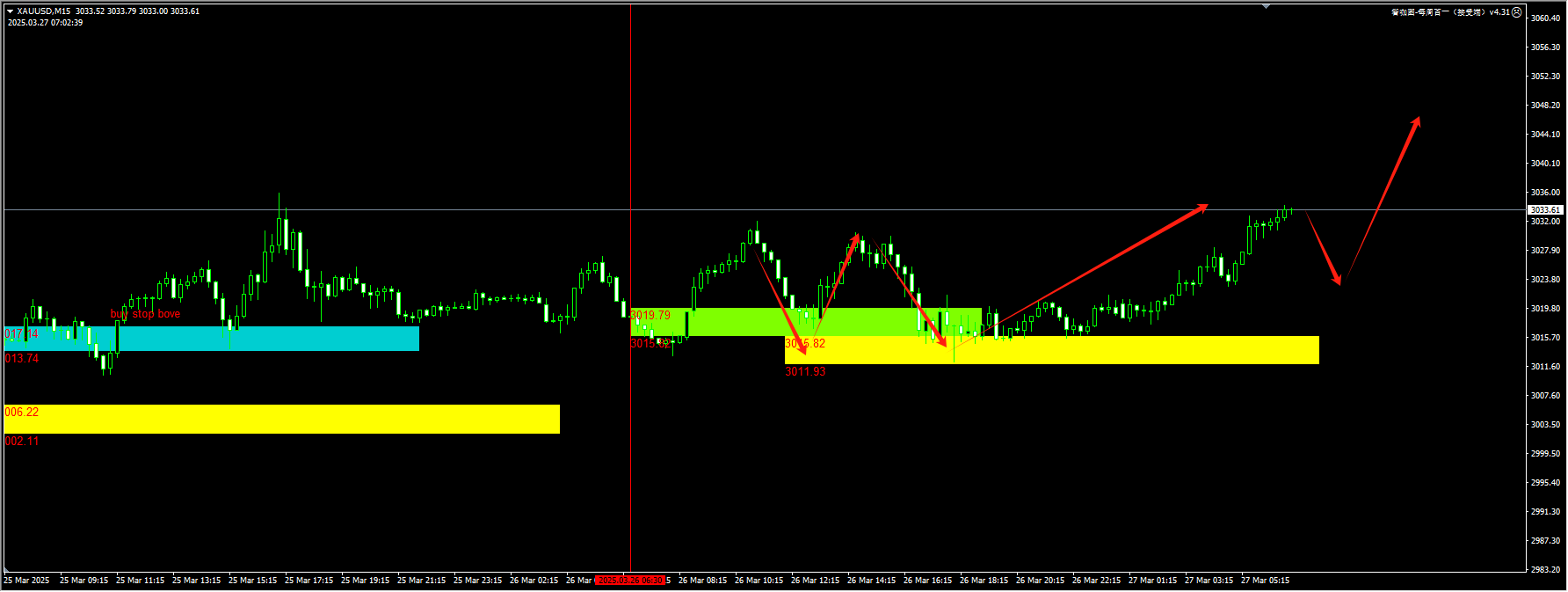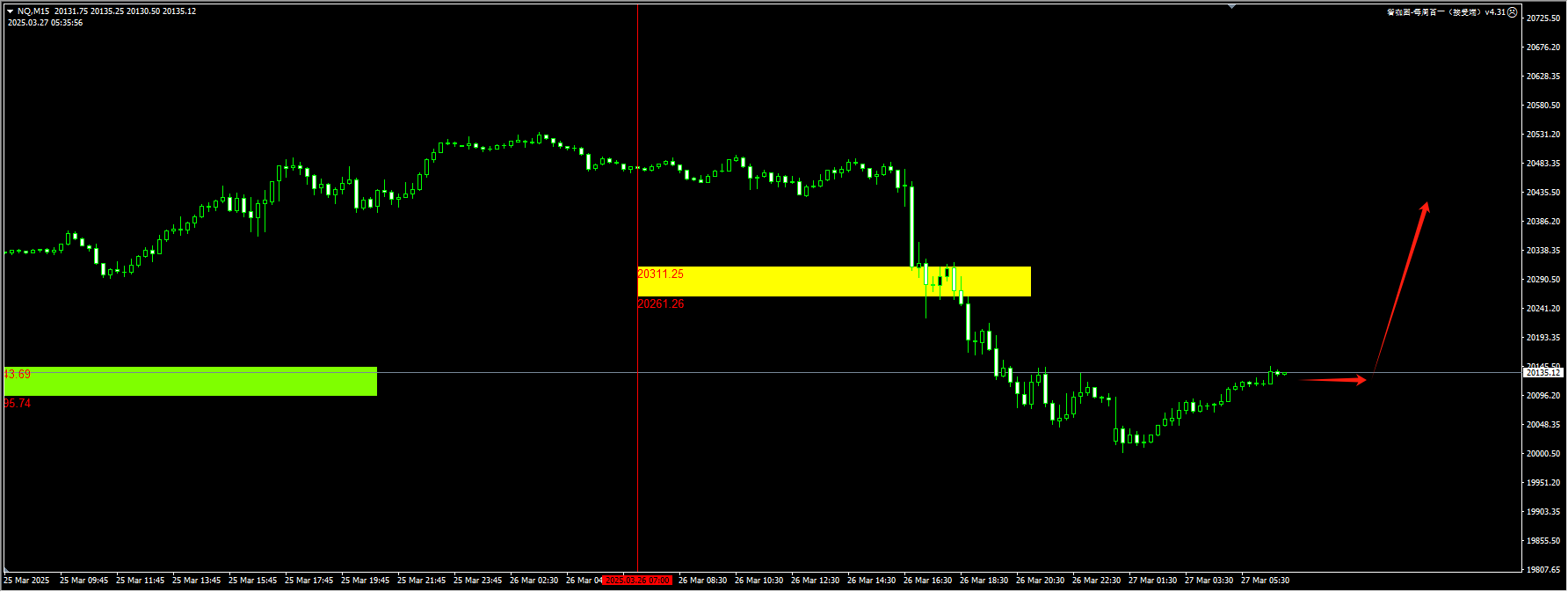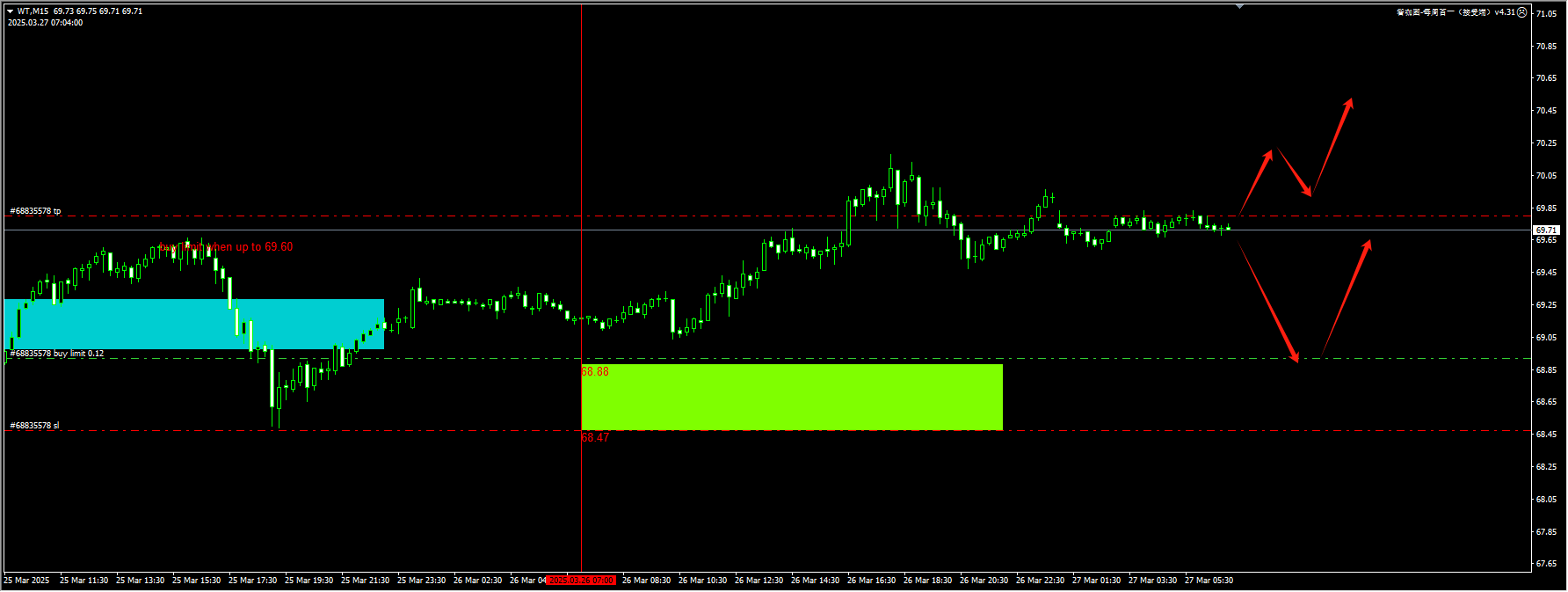Some investors are betting that the good days for emerging markets have only just begun, as concerns over the US economy have enhanced the appeal of this long-moribund asset class.
The factor driving this shift is that people expect President Trump’s tariff policy to drag down the US economic growth and force traders to look overseas. This move has prompted portfolio managers to buy a wide range of assets, from Latin American currencies to Eastern European bonds, in large quantities.
These measures have driven up emerging market stocks, with the index on track for its best first-quarter performance since 2019. A weakening dollar has pushed the developing countries’ currency index up by nearly 2% this year, while local bonds have also risen.
Bob Michele, global head of fixed income at JPMorgan Asset Management, said: “Over the past few years, investors have flocked to US assets and more developed markets. Now, from a valuation perspective, emerging markets look cheap.”
The fate of the current economic rebound is likely to be closely tied to the trajectory of US economic growth. Investors say that tariffs have cooled the world’s largest economy, pushing down US Treasury yields and the dollar, which would be ideal – provided it doesn’t snowball into a more pronounced economic slowdown that kills off market risk appetite. Many are also counting on the fact that if the US economy slows, Europe will increase spending significantly and China will further stimulate its economy to fill the gap.
Bullish investors also point out that, by various measures, asset prices in many countries are relatively cheap. The ratio of stocks in developing countries to the S&P 500 index is close to its lowest level since the late 1980s. Net inflows to dedicated funds have yet to turn positive for 2025, and after years of underperformance, emerging markets have an underweight position in many portfolios. If this shift accelerates, it could provide upside potential for stocks, bonds and currencies.
Analysts at Ansei Group wrote earlier this month: “The end of American exceptionalism in trade is still a long way off.” “Given the overinvestment by global investors in US stocks, this asset allocation shift could become a decade-long trend.”
However, this optimistic sentiment towards emerging markets does not seem to apply to Argentina.
Investors believe that the Argentine peso is once again on the verge of devaluation. After leaping from being one of the world’s worst-performing currencies in 2023 to one of the strongest last year, the currency is set to change course again.
President Javier Milei promised in a speech to Congress this month that his government would lift all currency and capital controls by the end of this year. Caputo shared the same view, stating that these controls would be gradually lifted once certain conditions were met, such as rebuilding the central bank’s foreign exchange reserves.
Since March 13th, expectations for the official exchange rate at the end of April have dropped by 2.3% from the current 1,106 pesos to 1 US dollar to 1,132 pesos. The impact on the parallel market has been even more severe, with the peso falling by nearly 5% to 1,294 pesos to 1 US dollar.
Technical analysis:
Gold: The green and yellow operation combinations we alerted on our plugin yesterday perfectly captured the low point of the price rebound. There were 2-3 opportunities to catch the price wave. Intraday, there are signs that the price is attempting to break upward. We have adjusted the low-buying area to 3022-3027. For detailed positions, please consult the plugin.

(Gold 15-minute chart)
The plugin is updated from 12:00 to 13:00 every trading day. If you want to experience the same plugin as shown in the chart, please contact V: Hana-fgfg.
Nasdaq: The price broke through the yellow zone of our plugin overnight and further retreated to the previous gap position. Although there was no rebound opportunity overnight, we will continue to monitor the rebound signal after the price drops to 20,000 during the day. For detailed positions, please consult the plugin.

(NASDAQ 15-minute chart)
The plugin is updated from 12:00 to 13:00 every trading day. If you want to experience the same plugin as shown in the chart, please contact V: Hana-fgfg.
Crude oil: Although the green low-buy order we placed in the plugin yesterday did not get filled, we can keep it active for today. At the same time, pay attention to any momentum signals indicating a potential breakout above the range of 69.50 – 70. For specific positions, please consult the plugin.

(Crude Oil 15-Minute Chart)
The plugin is updated from 12:00 to 13:00 every trading day. If you want to experience the same plugin as shown in the picture, please contact V:Hana-fgfg.
Today’s key financial data and events to focus on:
At 16:30, MPC member of the Bank of England, Dingley, will deliver a speech.
17:45 Vice President of the European Central Bank, Luis de Guindos, will deliver a speech.
20:30 U.S. Fourth Quarter Real GDP Final Reading (Annualized Quarterly Rate)
22:00 US NAR’s Pending Home Sales Index for February (MoM)

